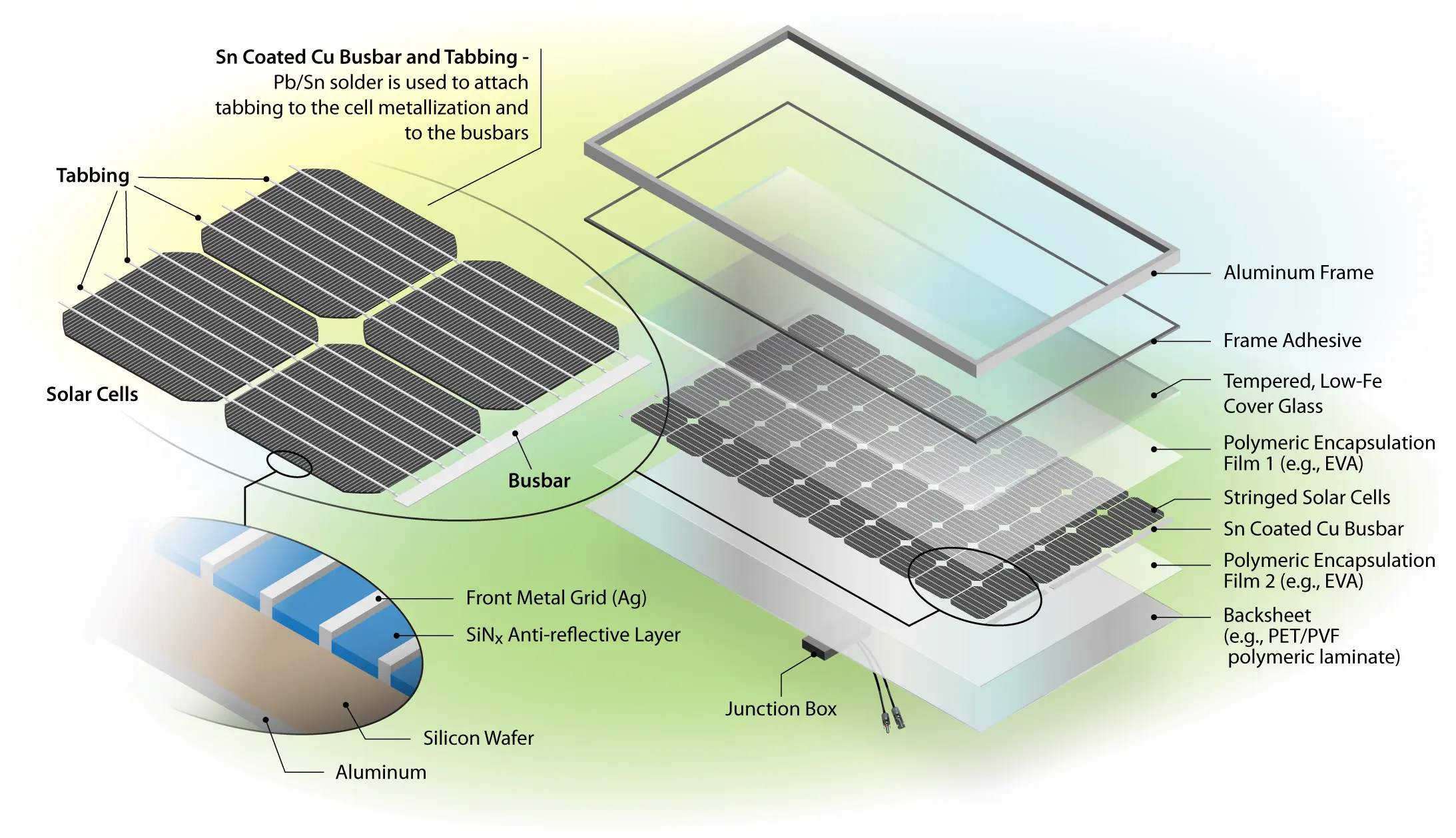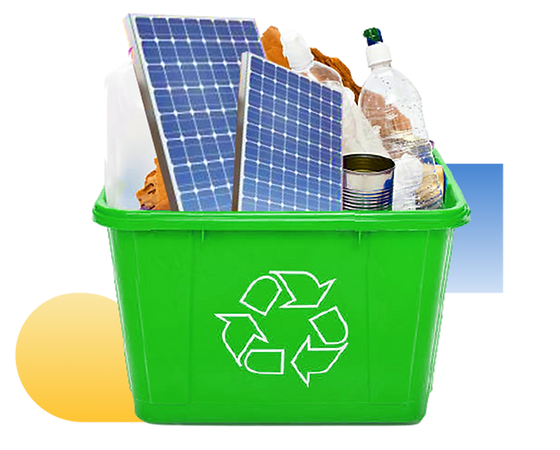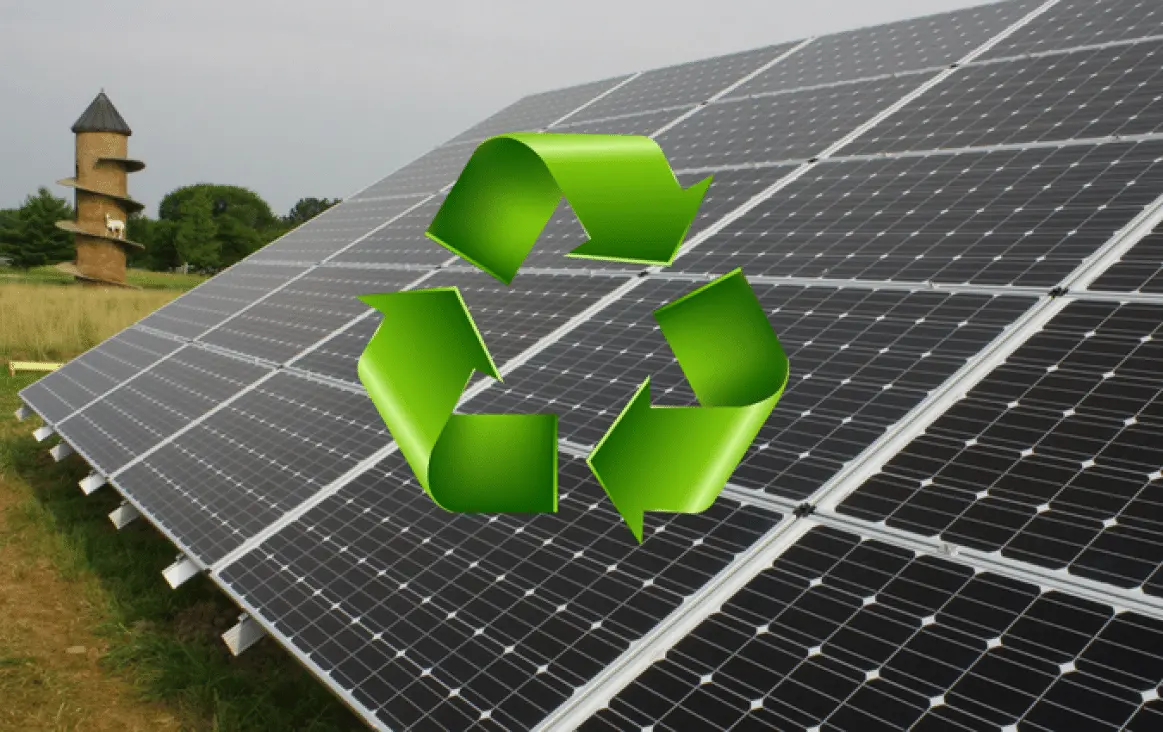Yes, it's true that worries about toxic materials in energy systems are legitimate—especially as solar adoption rises worldwide. But do solar panels contain mercury? That's the question on everyone's mind, ranging from homeowners to green organizations and public health agencies. Let's get through the facts by looking at how solar panels are made, what materials are used to make them, and what regulations now require.
What are solar panels made of?
Most commercially used solar panels today fall into two generic categories:
- Silicon-based panels(polycrystalline or monocrystalline)
- Thin-film panels (cadmium telluride, amorphous silicon, or CIGS)
The following is a typical material breakdown in silicon-based panels:
- Glass(front surface)
- Aluminum(frame)
- Silicon wafers(solar cells)
- Encapsulant(typically EVA)
- Backsheet(usually plastic or polymer composite)
- Silver, copper, and trace metals(for circuitry)
Surprisingly missing from this list: mercury.
So why does this question arise in the first place? In certain areas, issues regarding heavy metals have caused mercury to be confused with other substances such as cadmium (employed in certain thin-film panels, but not in silicon panels).

Are Mercury or Other Hazardous Substances Found in Solar Panels?
Let's be precise.
| Substance | Present in Panels | Notes |
| Mercury | No | Not employed in any mainstream solar technology |
| Cadmium | Sometimes | Used in CdTe (Cadmium Telluride) thin-film panels |
| Lead | Trace | Used in some solder compounds, but now eliminated |
| Arsenic | No | Not used in silicon or CdTe technologies |
Mercury is not used in solar panels. This is corroborated by manufacturers, life cycle assessment, and national regulations. The U.S. EPA, EU RoHS directive, and Japan's METI guidelines all restrict or ban mercury usage for solar applications.
Case Example: California Waste Classification and Clarification
California treats solar panels under the Universal Waste Rule to recycle them safely. In 2021, the California Department of Toxic Substances Control (DTSC) reaffirmed that standard solar modules contain no mercury and are hence not mercury waste.
That clarification followed complaints from Los Angeles County regional trash dumps, where amounts of solar trash have mounted. The DTSC study aimed at silicon-based panels made by SunPower and First Solar—none showed any mercury content.
So Where Does the Confusion Come From?
Every so often environmental discussions lump solar panels into a general "electronics" category, which formerly contained mercury components (like the old thermostats or fluorescent light bulbs). Solar panels are made under much stricter environmental conditions these days, though.
The other common myth: thin-film CdTe panels contain cadmium, which is toxic—but it's chemically and environmentally different from mercury. CdTe is also encapsulated, reducing risk unless panels are broken and mishandled.
Could damaged or aging panels release toxic substances?
Not mercury—but on occasion, shattered CdTe panels must be treated with caution. The majority of installers and recyclers now utilize certified e-waste procedures to avoid exposure to any hazardous material.
Are There Safer Alternatives?
In fact. If mercury-free is a requirement (for schools, hospitals, or environmental buildings), the vast majority of solar panels available today already meet the criteria. Silicon-based modules from companies like LONGi, JA Solar, REC, and Canadian Solar contain no mercury and are RoHS-compliant.
Meanwhile, thin-film technologies—albeit more specialized—are cleaning up their environmental reputation through recycling partnerships and enhanced safety certifications.

Current Global Trends in Solar Panel Safety
The solar industry is adopting even stricter material standards. Significant developments are:
- EU RoHS 3.0 updatesbanning additional substances
- China's National Standard GB/T 2828.1for hazardous materials
- S. SEIA Solar Commitmentfor mercury-free design and responsible procurement
- Recyclable panel technology:SunPower and First Solar, among others, are ramping up closed-loop recycling to recover materials safely.
While mercury isn't encapsulated in solar panels, it's also good to inquire about what becomes of panels when they're at the end of their life. Does your installer take back or recycle? Are the panels labeled with TÜV, UL, or CE certification? Panel installation certified with sound environmental and recycling practices can reduce impact further.
And if you’re looking for clean, safe solar energy products, LZYESS offers certified mercury-free inverters and solar systems that meet international safety and emissions guidelines.

